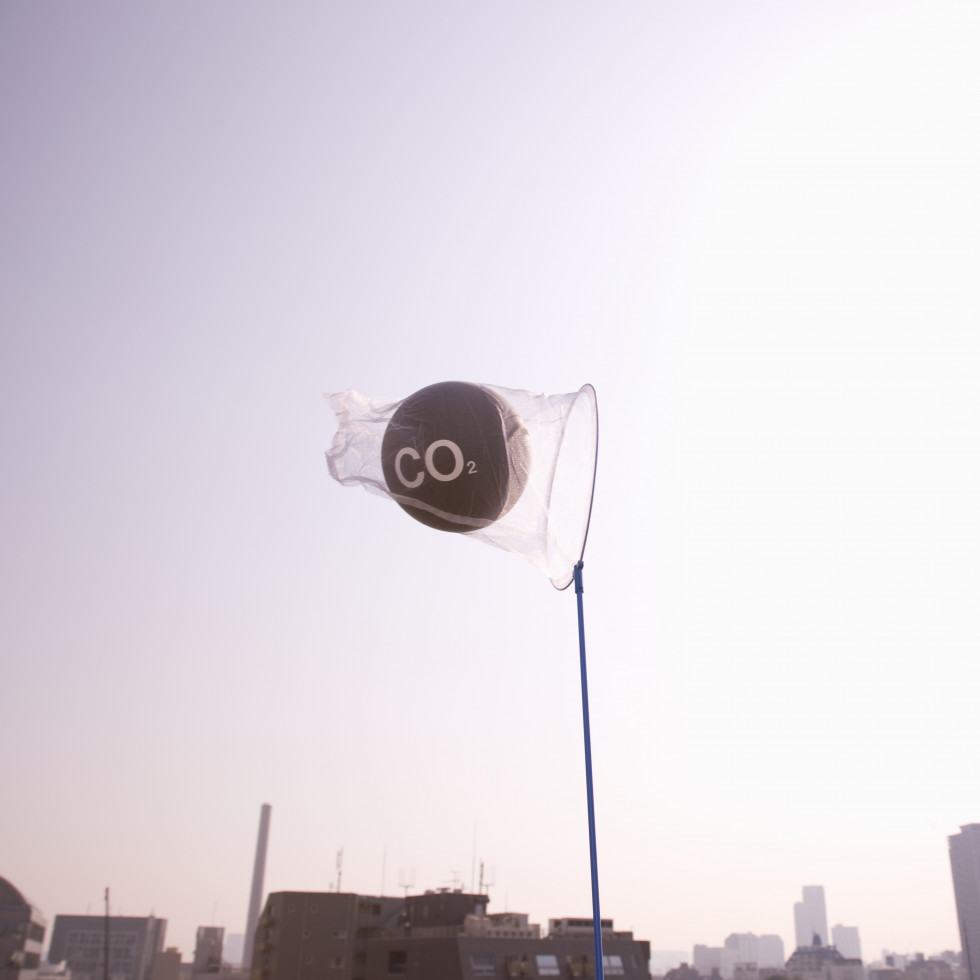The Government adopts the Integrated National Energy and Climate Plan of the Republic of Slovenia
The NEPN is a strategic document laying down the objectives, policies and measures for Slovenia on the five dimensions of the Energy Union for the period up to 2030 (with a view to 2040): decarbonisation (greenhouse gas emissions (GHG) and renewable energy sources (RES)), energy efficiency, energy security, the internal energy market and research, and innovation and competitiveness.
The key objectives for the 2030 identified in the NEPN are:
- reducing the total greenhouse gas emissions by 36%,
- at least a 35% improvement in energy efficiency, which is higher than the target adopted at EU level (32.5%),
- at least a 27% share of renewable energy sources; due to the relevant domestic circumstances, Slovenia had to agree to a lower target than that of the EU (32%), but will strive to increase this ambition in the next NEPN update (2023/24),
- and last but not least, 3% of GDP to be spent on R&D, of which 1% of GDP will be public funds.
The implementation of the NEPN leads to the reduction of the dependency on fossil fuels and supports, among other things, sustainable solutions in transport, in buildings and in industry. The NEPN also sets targets for reducing and phasing out coal by 30% by 2030. "In the meantime, we will close down Unit 5 of the Šoštanj Thermal Power Plant and stop importing foreign coal to Ljubljana," said Ms Alenka Bratušek, Minister of Infrastructure. By the end of 2021, a strategy on the phasing out of coal in Slovenia will be adopted, and the closing date of Unit 6 of the Šoštanj Thermal Power Plant will be set. The NEPN sets out the aim to consider the use of new nuclear energy options and to adopt a decision on the second unit at the Krško Nuclear Power Plant (NPP) not later than by 2027. In addition, the NEPN also provides for the phasing out of energy subsidies for fossil fuels and their final elimination.
However, challenges remain, and one of the major challenges is the use of renewable hydropower energy. Minister Bratušek noted that the NEPN does not foresee the construction of hydroelectric power plants on the middle Sava River in this decade due to the negative assessment of their environmental impact, which, however, will not prevent us from continuing certain activities with the aim of jointly finding, as soon as possible, appropriate solutions that will enable the construction and the operation of hydropower power plans in harmony with nature. "We need to find a way to promote the use of renewable energy sources in protected areas as well. We need to step up our investment in R&D and also invest more in human resources, which are important for the transition to a climate-neutral society," said the Minister.
With the adoption of the NEPN and its submission to the European Commission, the Republic of Slovenia has fulfilled its obligations under the EU Regulation on the Governance of the Energy Union and Climate Action, as well as the condition for the absorption of cohesion funds under the 2021–2027 multiannual financial framework.
The NEPN is one of Slovenia's key steps towards a climate-neutral Slovenia and EU by 2050 and will be followed by the adoption of the 2050 Long-term Climate Strategy. In the aftermath, an integrated and successful implementation of the adopted policies and measures and the harmonisation of the NEPN in 2023 and 2024 with the commitments and targets to be adopted by the EU under the European Green Deal will be of utmost importance.


